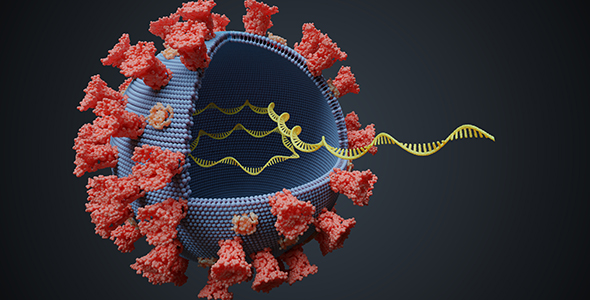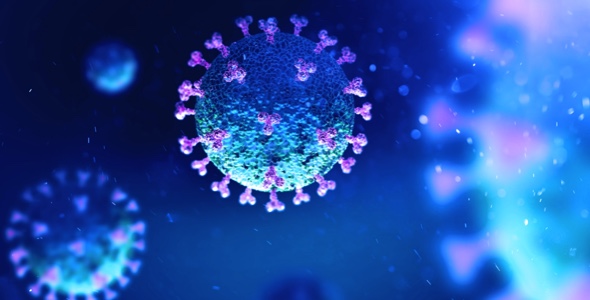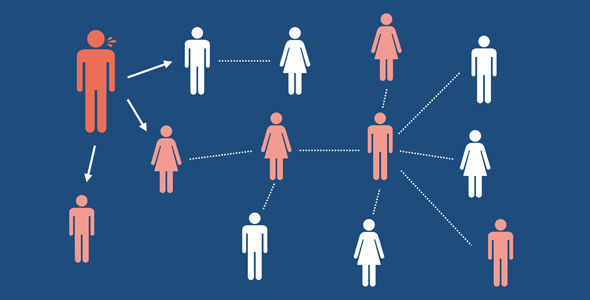The ability to combat the SARS-CoV-2 virus through accelerated advancements in diagnostics, treatment and vaccine development relies on understanding how the virus is transmitted between people and accurately tracking mutations. Whole genome sequencing and subsequent analysis can provide a wealth of data and contribute important insights to this effort.
What Are Viruses and How Do They Infect Us?
Unlike bacteria and fungi, viruses exist in a gray area between “living” and “non-living” because of the way they are structured and how they reproduce. As we face down the COVID-19 pandemic, it’s important to understand not only how viruses work, but how our immune system responds.
How Has The COVID-19 Pandemic Impacted Stewardship Efforts and Antibiotic Use?
Diagnostics can play a role in stewardship throughout the pandemic by facilitating a quick diagnosis of COVID-19 and identifying if there is also a bacterial co-infection.
What Steps Can We Take to Help Prevent Future COVID-19 Outbreaks?
Contact tracing is the process of working with an infected patient to help them recall everyone with whom they have had close contact, then, warning the exposed individuals of their potential exposure.
The Value of Diagnostics in Combatting Antimicrobial Resistance – A Public Health Problem
At this year’s World Anti-Microbial Resistance Congress, Dr. Tristan Timbrook delivered a...
Lindsay Denny Discusses the Critical Role of WASH in Preventing Infectious Diseases and Fighting Antimicrobial Resistance
WASH, which stands for water, sanitation, and hygiene, are basic...






